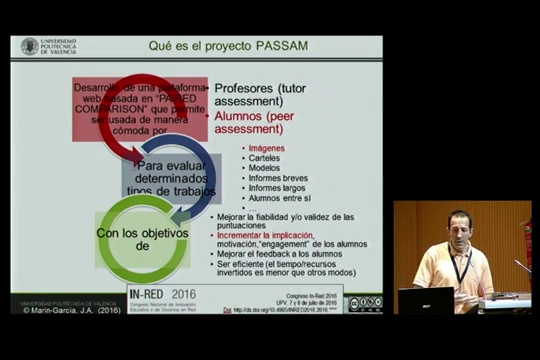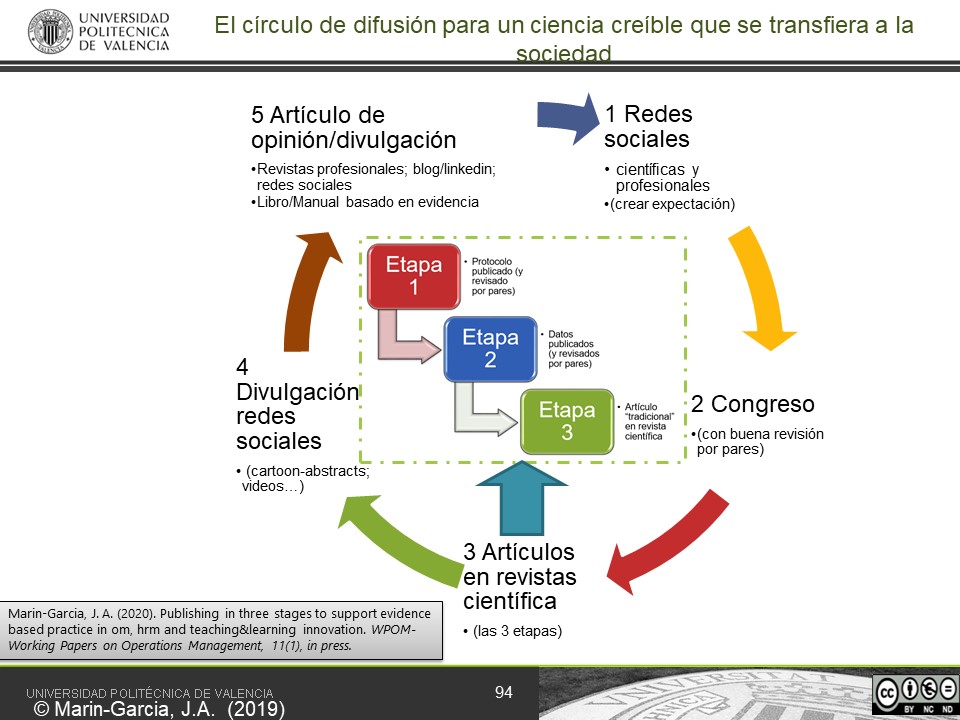
http://euramonline.org/annual-conference-2017.html
Competency Development in Business Management: Improvement through Higher Education” is an Innovation SIG Track at the EURAM 2017 conference in Glasgow, Scotland, June 21-24. The track is organized by: Sara Urionabarrenetxea (University of the Basque Country), Juan Marin (Universitat Politècnica de València), Dolores Marquez (Universitat Autònoma de Barcelona), Javier Paricio (University of Zaragoza), Massimo Bianchi (Bologna University), Chris Cowton (University of Huddersfield) and Carlos Fong (University of Guadalajara). We would like to encourage you to submit a paper for next year’s event and visit Glasgow in Scotland. Deadline for submission of papers is 10 January, 2017 2:00 pm GMT +1 (Belgian time) (The EURAM 2017 website Submission Portal will open for online submissions on November 3, 2016).
SIG 06: Innovation (INNO)
T 06_ 10 Competency Development in Business Management
Companies today are part of more complex and dynamic environments than ever, and this calls for new competencies for managers. Higher education must deal with this challenge, ensuring that students acquire appropriate competencies and that are trained in order to be able to continue learning throughout their lives (lifelong learning). There are certain crucial knowledge, skill, and ability (KSA) competencies: capacity for innovation, leadership, entrepreneurship, teamwork, conflict management and, above all, the ability to acquire and generate knowledge.
The purpose of the track is to analyze avenues for the development in higher education of skills related to business management.
Sara Urionabarrenetxea, Ph.D.
University of the Basque Country, Spain
sara.urionabarrenetxea@ehu.eus
Juan Marin, Ph.D.
Universitat Politècnica de València, Spain
jamarin@omp.upv.es
Dolores Marquez, Ph.D.
Universitat Autònoma de Barcelona, Spain
MariaDolores.Marquez@uab.cat
Javier Paricio, Ph.D.
University of Zaragoza, Spain
jparicio@unizar.es
Massimo Bianchi, Ph.D. and Laura Tampieri, Ph.D.
Bologna University, Italy
massimo.bianchi@unibo.it; laura.tampieri@unibo.it
Chris Cowton, Ph.D.
University of Huddersfield, UK
c.j.cowton@hud.ac.uk
Carlos Fong, Ph.D.
University of Guadalajara, Mexico
cfong@cucea.udg.mx
We look forward to meeting you in Glasgow.
Authors Guidelines and Submission Deadline:
As an author, it is crucial to follow the guidelines and formatting instructions to prepare and submit your paper in order to have it published in proceedings.
ONE PRESENTING AUTHOR PER PAPER SUBMISSION
Each individual is limited to one personal appearance on the programme as a presenting author. This policy precludes acceptance of papers for more than one presentation. In other words, an author can submit and present only one paper. However, a presenter can always be a non-presenting co-author on additional papers.
Please read the instructions carefully prior to submitting:
1. Each paper can only be submitted to ONE track.
2. Submitted papers must NOT have been previously published and if under review,
must NOT appear in print before EURAM 2017 Conference.
3. To facilitate the blind review process, remove ALL authors identifying information,
including acknowledgements from the text, and document/file properties. (Any
submissions with author information will be automatically DELETED; author
information and acknowledgements are to be included in a SEPARATE document).
4. The entire paper (title page, abstract, main text, figures, tables, references, etc.) must
be in ONE document created in PDF format.
5. The maximum length of the paper is 40 pages (including ALL tables, appendices and
references). The paper format should follow the European Management Review Style
Guide.
6. Use Times New Roman 12-pitch font, double spaced, and 1-inch (2.5 cm) margin all
around.
7. Number all of the pages of the paper.
8. No changes in the paper title, abstract, authorship, track and actual paper can occur
AFTER the submission deadline.
9. Check that the PDF File of your paper prints correctly and ensure that the file is virusfree.
Submissions will be done on-line on the EURAM 2017 website (open as of 1
December 2016: see http://www.euram-online.org/annual-conference-2017.html.)
10. Only submissions in English shall be accepted for review.
11. In case of acceptance, the author or one of the co-authors should be available to
present the paper at the conference. A presenting author can only present one paper at
the conference.
Visitas: 13








